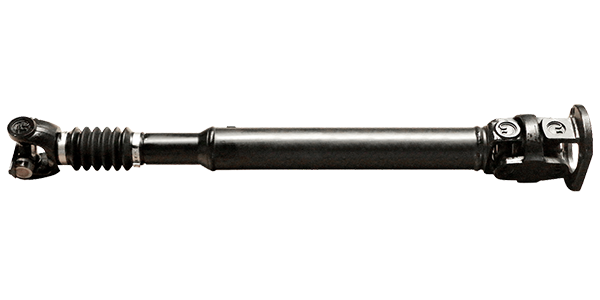When a customer’s vehicle is in your service bay, be sure to check its belts and hoses. The Automotive Car Care Council says that nearly 30% of the vehicles entering your shop need a new belt or a hose replacement. This is critical business given the fact that a belt can cause an overheated engine, loss of power steering and loss of the electrical charging system.
If a hose leaks coolant or the belt turning the water pump snaps, the cooling system is immediately inoperable and serious internal damage that requires expensive repairs can quickly ruin a summer vacation.
We already know coolant and heater hoses are a system’s weakest structural components. They’re made of flexible rubber compounds to absorb vibration between the engine and the body’s firewall. Designed to hold coolant under high pressure, hoses are also subject to fluctuating extremes of heat and cold in addition to atmospheric ozone which attacks the rubber compounds.
The most damaging cause of hose failure, electrochemical degradation (ECD), isn’t easy to detect. ECD can attack the hoses from the inside, causing tiny cracks. Acids and contaminants in the coolant can then weaken the yarn material that reinforces the hose. Eventually, pinholes can develop or the weakened hose may rupture from heat pressure or constant flexing.
Some basic maintenance can help prevent coolant hose failure. First, check the white coolant-recovery tank often to ensure a proper fluid level. Marks on the tank indicate the proper level for when the engine is cold or hot. If the tank is low after repeated fillings, suspect a leak. Also check for white, light green, or pink coolant tracks in the engine bay, which is residue left from leaking coolant.
When the engine is cool, squeeze the hoses with your thumb and forefinger near the clamps, where ECD most often occurs. Feel for soft or mushy spots. A good hose will feel firm yet pliant. Flush and replace the coolant according to the owner’s manual. Clean coolant is less likely to support ECD.
Note also that the upper radiator hose fails more often than any other hose, followed by the water pump bypass hose and the outlet heater hose from the engine to the heater core.
When it comes to belts, the ACCC says chances of a V-belt failure rise dramatically after four years or 36,000 miles, while the critical point for a serpentine belt is 50,000 miles. Your job is to look for cracks and slits on the belts and replace them immediately if anything looks suspicious.











